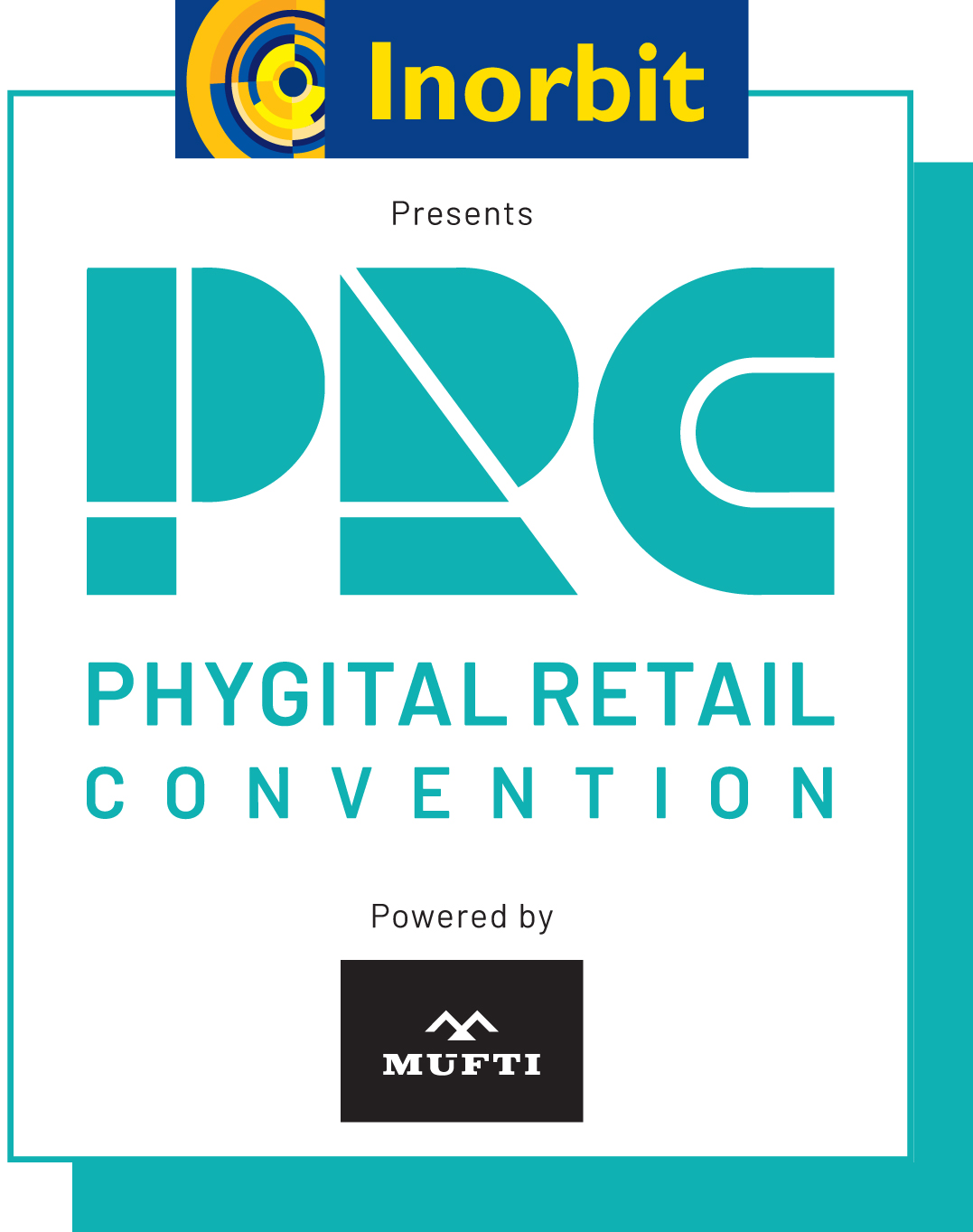How homegrown quick service restaurant chain Coffee Culture is brewing success with a strategic and eco-friendly approach
Launched in 2004, with a flagship store in Surat, Coffee Culture today has 30 outlets in 22 cities. The brand has a strong presence in the western region, mainly in Gujarat and Maharashtra. The brand aims to open 20-25 more outlets in the year, out of which 7-8 are under fit-outs currently.
Concept & Store Size
Typically, Coffee Culture lounges are about 2,000 sq. ft. to 3,000 sq. ft. in size. They are themed around local culture and reflect distinctive regional personalities and vibes to connect with consumers in a particular locale. “Our concept is around serving great coffees with food, which is made right there. We were one of the first in 2004 to start a cafe kitchen from scratch. This is what Coffee Culture is all about,” said Gaurav Narang, Founder, Coffee Culture speaking about the brand at India Food Forum 2023.
Location Strategy
Coffee Culture is primarily a high street café, states Narang. “Of course, we also have smaller outlets for brand visibility in malls, but it’s in the brand’s DNA to build highstreet outlets,” he added further.
Coffee Blends & Pricing
Coffee Culture uses 100% Arabica beans, which come from Chikmagalur in Karnataka. There is a consistent blend for Espresso and for the manual brews, the brand uses six seasonal coffee beans in rotation. The coffee-making machines are imported from Italy.
“As far as the pricing is concerned, we sell a Cappuccino for Rs 180. So, we are neither very expensive nor very cheap. We are somewhere in the middle,” added Narang.
Tech Implemented
The brand uses a cloud-based point of sale (POS) system for its operations. “We also use a mobile app for our loyalty programme. We are in the process of implementing tools that would add expediency to the operations and auditing. We are making sure that all the checkpoints and feedback are digitised,” explained Narang.
Sustainability
Being an eco-friendly brand, takeaway coffee cups are made out of bamboo and glass fibre. “We have recycled the entire thing and made an organic-looking cup which helps in adding to the sustainability quotient,” Narang explained.
Growth Rate
The brand has increased its profit by 15% over last year. “This financial year is turning out well because the markets have opened, and people are travelling and going out. The demand which was suppressed for the last one-and-a-half years has surged and we are looking forward to more,” concluded Narang.



